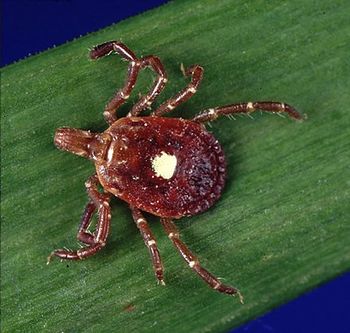
Nursing Homes—Insight into A Network of Microbial Resistance
A new study pulls back the curtain into a complex web of resistance, colonization, and the challenges of antimicrobial resistance in this setting.
Antimicrobial resistance is one of the most complex and challenging infectious disease threats we face. Combatting resistant organisms isn’t just a matter of addressing prescribing habits, but also understanding the interconnectedness of treatment, colonization, infection, transmission, etc. These factors work together to facilitate antimicrobial resistance and it is crucial that response efforts to this threat are just as diverse.
The Centers for Disease Control and Prevention (CDC)
A
Assessing data across 234 residents within 12 nursing homes, they looked at antibiotic usage, colonization (the first stage of
A total of 62% of residents had also received at least 1 course of antibiotic treatment. The researchers established that antibiotic use was a risk factor for primary colonization with a MDRO, which also increased the likelihood of colonization for a secondary or tertiary MDRO.
“We observed that multiple antibiotics could be associated with the acquisition of a single MDRO. Conversely, a single antibiotic could be associated with acquiring multiple MDRO species; for example, aminoglycosides increased the risk of acquiring VRE, A. baumannii, E. coli, P. mirabilis, and P. aeruginosa,” stated the authors.
They also found that colonization was associated with an increased risk of having a catheter-associated urinary tract infection, noting that the “bacterial network shows that the effects of antibiotic exposure contribute to colonization as well as disease, potentially mediated by synergistic interactions between colonizing MDROs.”
What does this mean for antimicrobial resistance and stewardship? Ultimately, the researchers highlighted the complexity and inter-workings of MDROs, antibiotics, and that patient colonization and infection can all be influenced by these components. It is particularly interesting that they found such a high prevalence of antibiotic usage and that so many patients were colonized with a MDRO. This study is also highly relevant in that it highlights the linkage between MDRO colonization and antibiotic exposure, as well as colonization with a secondary MDRO.
The interconnectedness of antibiotic exposure, MDRO colonization, and risk for additional MDROs, all draws attention the complexity of these environments and antimicrobial resistance. Not only are patients at an increased risk for colonization following antibiotic exposure, but this also makes them more likely to become colonized with a secondary MDRO. The authors point to the need for providers and further stewardship efforts to consider this close network of risk factors and exposures, especially in long-term care facilities.
Newsletter
Stay ahead of emerging infectious disease threats with expert insights and breaking research. Subscribe now to get updates delivered straight to your inbox.


























































































































































































































































































